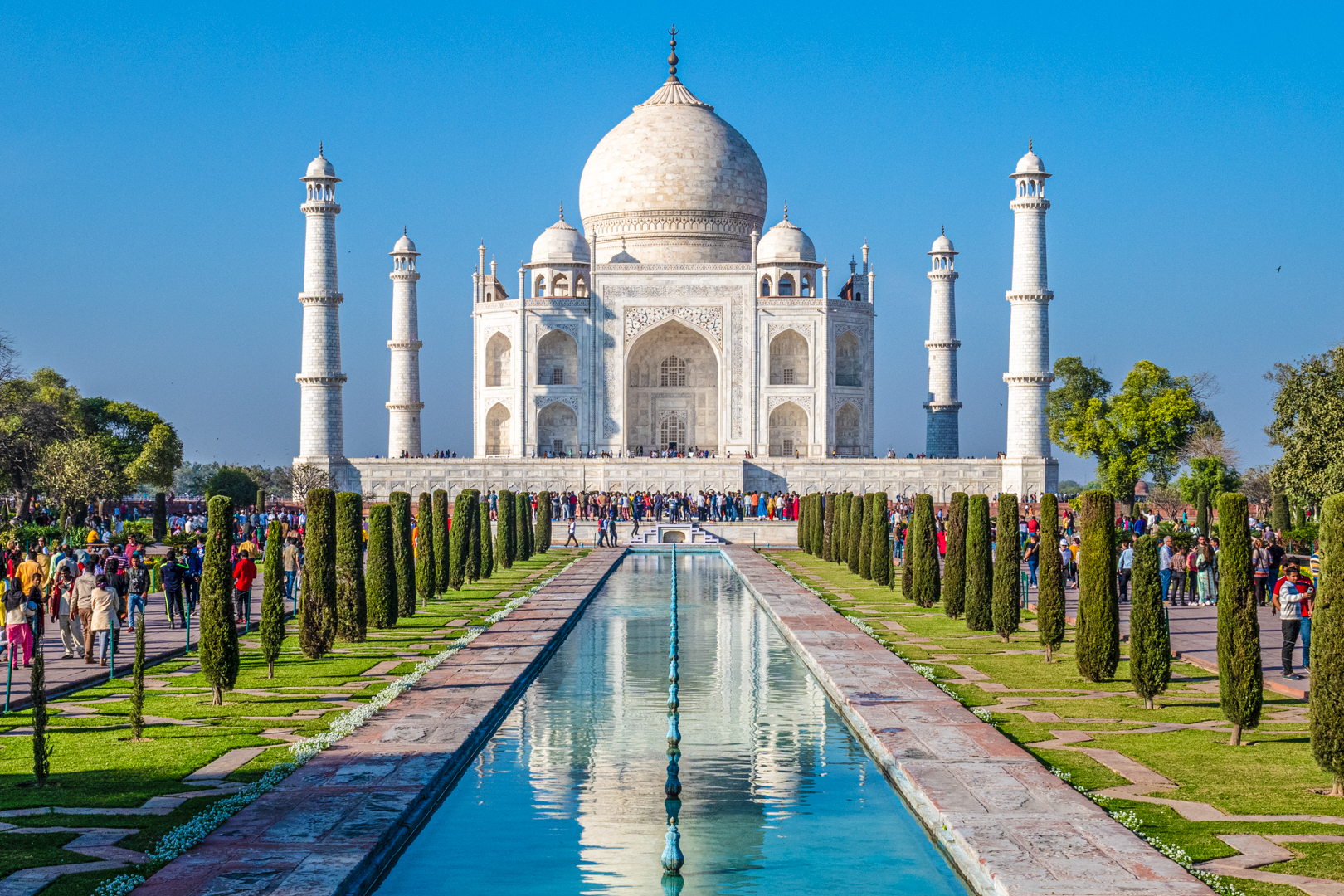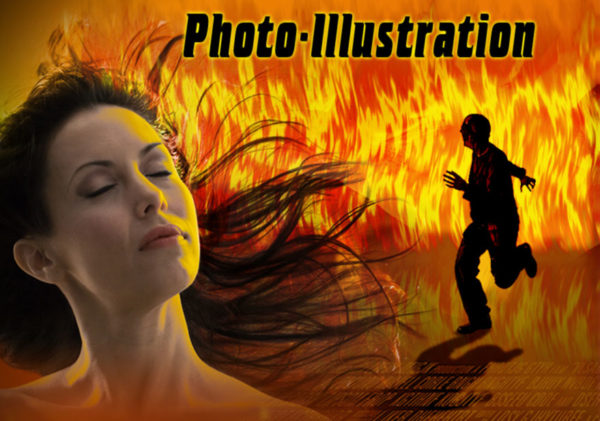One of my gigs is to create a slideshow for the Annenberg Space for Photography.  At irregular intervals the Annenberg Space for Photography, a swank new high tech exhibition space dedicated to photography, produces a one-night event to showcase new photography related to the current show. I work with the Anneberg staff to produce the slideshow event which is basically a party with looping slideshows that play on two huge 9×12 foot digital projection screens. Various photographers from all over the world are invited to submit images for consideration based on how their work fits in with the theme of the current exhibit. The idea is to showcase new work that is not included in the exhibition. The exhibitions are planned two years ahead but these slide shows are typically planned and executed within 6 weeks so the work presented is usually very fresh and has never been exhibited.
At irregular intervals the Annenberg Space for Photography, a swank new high tech exhibition space dedicated to photography, produces a one-night event to showcase new photography related to the current show. I work with the Anneberg staff to produce the slideshow event which is basically a party with looping slideshows that play on two huge 9×12 foot digital projection screens. Various photographers from all over the world are invited to submit images for consideration based on how their work fits in with the theme of the current exhibit. The idea is to showcase new work that is not included in the exhibition. The exhibitions are planned two years ahead but these slide shows are typically planned and executed within 6 weeks so the work presented is usually very fresh and has never been exhibited.
Here is how I produce the shows from start to finish:
The first step is to develop an email campaign to invite photographers to participate. Lesley Meyer, the photo editor and archivist for the Annenberg Space for Photography puts together a short email list of potential participants. I then enter the list into MaxBulk Mailer from maxprog, a stand alone bulk mail program. This allows me to keep separate email lists and create email campaigns that I send out through my own ISP as private emails to individual artists. The emails are sent out as text and html with graphics to display the Annenberg logo. I can write the text directly into MaxBulk Mailer but I do all the html editing in Dreamweaver and then paste the code into MaxBulk. After testing and approval from the Annenberg staff, the email is sent out to the list, typically, 80 people or so. The Annenberg likes to end up with 30 photographers showing 30 images each.
Photographers are asked to supply RGB Jpeg files that fit into 1920×1080 pixel dimensions and create a title slide and a bio slide at the same dimensions. I ask for files at this size because the projector is setup for 1080p HD video and I want to end up with images that have adequate resolution for the projector. There is always a lot of confusion about resolution, etc… and I always end up re-sizing the images anyway (note to photographers – projected images are not defined by dpi or ppi as the projected size can very depending on the distance from the screen. The only critical measure is the pixel dimension of the image) but I need decent size files for the best quality. Files are named with the artist’s name followed by a sequence number so that images will display in the sequence that photographer chooses. Many people neglect to name the title and bio slide with a sequence number so I usually have to rename these files later.
Photographers, who choose to submit, upload zip archives to my FTP server. I am surprised that there are always a few photographers who do not seem to know how to use an FTP program to upload images and I have to field questions about the process or sometimes I have to pull images from them directly or through yousendit! I keep the FTP setup dead simple for that reason. Once image archives are collected, the real work begins.
I use Adobe Lightroom as my main workflow tool. I create a catalog for the show and import all of the submissions with the individual photographers organized in their own folders on the hard drive.
Images are sorted by name so that they display in the proper order. As mentioned earlier, I often have to re-name the title and bio images to get them to display first in the sequence and Lightroom is very handy for this.
Once a photographer’s submission is collected and in the catalog, I create a web gallery for the Annenberg staff to use in evaluating the submissions and choosing work for the show. I use the Turning Gate Lightroom web engine plug-ins, specifically TTG Highslide Gallery Pro and TTG Pages. The “TTG Pages” plug-in creates a self-populating gallery index for the individual photographers web galleries. I use the TTG Highslide Gallery Pro plug-in for the individual galleries. Once the “Pages” home page is setup, I simply upload the folders generated by the TTG Highslide Pro engine into a galleries folder on the server and thumbnails and links for those galleries automatically appear on the web. That way I don’t need to wait for all the submissions to come in before images are available for the Annenberg to evaluate.
I use the TTG Highslide Gallery Pro with the selection gallery enabled. This sets up an email form and little check marks on the image thumbnails that the Annenberg staff can use to let me know which images are selected for the show.
The reviewer clicks on the “checkmarks” to de-select images and the remaining file names are emailed to me when they click send in the form.
Once the submissions are reviewed and the final images are chosen, I label the selects and filter out the rejected images in Lightroom. The I create two “Collections” for the two different screens in the gallery.

The two screens face each other with the audience between the two screens. People can turn to look at either screen and see different “shows” on each. I create an “A” and “B” show and drag the individual photographers “shows” into the separate “Collections” to attempt to balance number of images, number of photographers, B&W vs color and duration (with special consideration for amount of text in title slides.) Collections are necessary to allow for custom image order in the respective shows – images in “Collections” can be dragged around freely to re-sequence them. Once an order has been established the slideshow “Collection” is exported and renamed with new sequence numbers and a batch action is performed to re-size, add a keyline and convert to the projector profile. The action also suppresses the white point from 255 to 240 RGB – I’ve found through trial and error that the video system used for the projectors somehow clips values higher than 240 to pure white and images with highlight detail suffer.
While Lightroom is quite capable of creating a slideshow itself, the video system that the Annenberg uses requires an 8bit uncompressed 1080p movie file or Apple ProRes 422 – unfortunately, Lightroom doesn’t have much control over the video export process and the Annenberg doesn’t have a pure digital pipeline to the projector screens so that means that I have to import the Jpegs into Final Cut Pro to manually create the video file. This is a very, very tedious process! When finished, I end up with a 350 gig file for each show. The video file and all associated source files are copied to two 500 gig hard drives and turned over to the Anneberg IT department.
On the evening of the event, the two “shows” are projected on the two screens and set to loop for the duration of the event, typically 2.5 hours or so. Each show usually repeats about 3-4 times before the evening is over. Music is played from an iPod playlist in shuffle mode. These evening shows are very popular and reservations fill up quickly as soon as the show is announced. The environment is very casual with a nice catered food spread, wine, beer and other refreshments – a great mixer for photography enthusiasts!
Even though I have to use Final Cut Pro to do the finished video file, Lightroom makes the process of organizing, editing, web galleries and sequencing the slideshows much easier than it would otherwise be. Lightroom is truly an indispensable all-in-one workflow tool for this particular project. Eventually the Annenberg will install a complete digital-to-screen system that will make it possible to either play the slideshows directly out of Lightroom or at the very least be able to use the video generated out of Lightroom for the slideshows.











